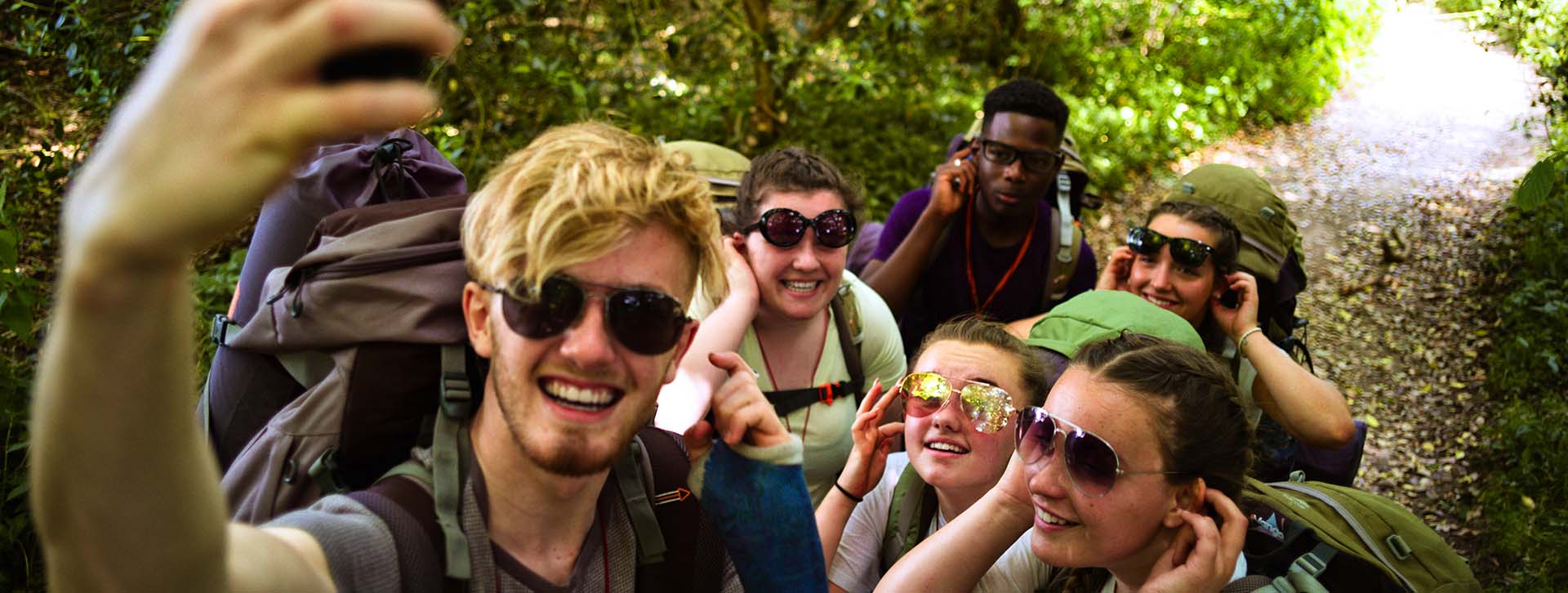Expedition training ideas

Making any sort of training fun and memorable can be challenging. It can also be hard to think of fresh ways of presenting the information.
Some of the training that participants need for expeditions can appear a dry subject that they just need to sit down and learn. Fun learning helps it stick in the mind and, consequently, be remembered.
Try some of these creative ideas that might help you when teaching about compass bearings or putting up a tent.
Map skills
Enlarge a section of map for each team. Get the teams to cut out and glue on layers of thick corrugated cardboard to make the contour lines and blue wool for river and streams. Then, using the smallest model railway-style trees (or collect lichen from trees) and houses, get them to place them on the map where these symbols appear. Eventually the map comes to life in 3D and they can see how real features look on a map, and vice-versa.
Compass skills
Each participant has a compass and a mini chocolate/energy bar or a wrapped sweet.
In a large outdoor area, the treat is placed on the ground. Standing where it lies; the participant sets their compass at 360º and walks for 50 paces following that bearing. Next, they set their compass for 120º, face that bearing and take another 50 paces. Finally, they set their compass for 240º, face that bearing and, again, take 50 paces. When they’re done, if they’re one and a half metres from the bar, they can pick it up and eat it.
Ideally, the bar will be on grass so the participant can’t spot it until they’ve finished the last leg of the triangle.
To vary it a little you can have the participant choose their own bearings, adding 120º to the first and second as they go. Another variation would be to have the participants complete the triangle wearing paper shopping bags over their heads so they can only look down at the compass in their hand. (Make sure that they can’t hurt themselves though!)
Preparatory map skills
To help participants to understand how grid references work there’s the tried and tested game of battleships. This can be adapted to represent the easting and northings.
It can either be played as a game similar to normal battleships or marked out on a bigger area on the floor in a gym or field where the participants walk to the locations. To add further interest instead of battleships and submarines you could substitute a treat of some kind in the squares or a prize for the most correct references.
Campcraft
Blindfold tent pitching against the clock is always testing and can be very amusing. There does need to be supervision to ensure that equipment doesn’t get damaged. It’s a good way to familiarise teams with the parts of the tent and how they fit together. A variation on this is, instead of blindfolding all of the team members, one remains sighted and gives verbal commands to the others.
Packing a rucksack correctly is an important skill which, if done badly, can ruin a participant’s experience. There are various charts and sheets around to help but, if you want a bit of fun to reinforce the point, you might want to try this game. Each team is given an empty rucksack that has to be packed. All the items are at the opposite end of the room and in turn, participants run up to the pile and select an item which has to be packed immediately. They will, therefore, need to select lighter weight items for the bottom of the rucksack and/or things for the pockets. At the end of the game, the rucksacks can be unpacked in turn to check.
Food and cooking
The choice of a team’s food is obviously a matter of their own tastes and preferences, but it’s important that all team members’ needs are catered for. You could try approaching your local supplier for samples of the hike foods that they have available and run a taster evening to help participants know some of the choices.
Countryside and Outdoor Access Codes
It’s important for participants to understand how to behave in the country side, enjoy it and ensure that we have harmony with land owners and farmers whose living depends on the land and the livestock.
In their teams give each group one of the codes. Ask them to discuss why their rule is important and what are the possible consequences of people not following it. From this you can end with a discussion about the differences between rights and responsibilities and use some examples to illustrate the difference.




